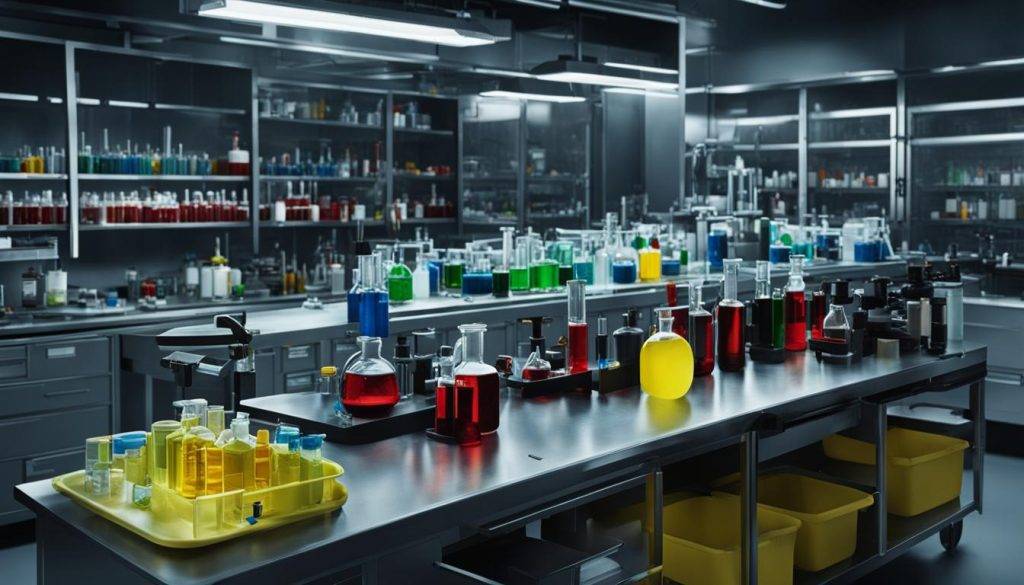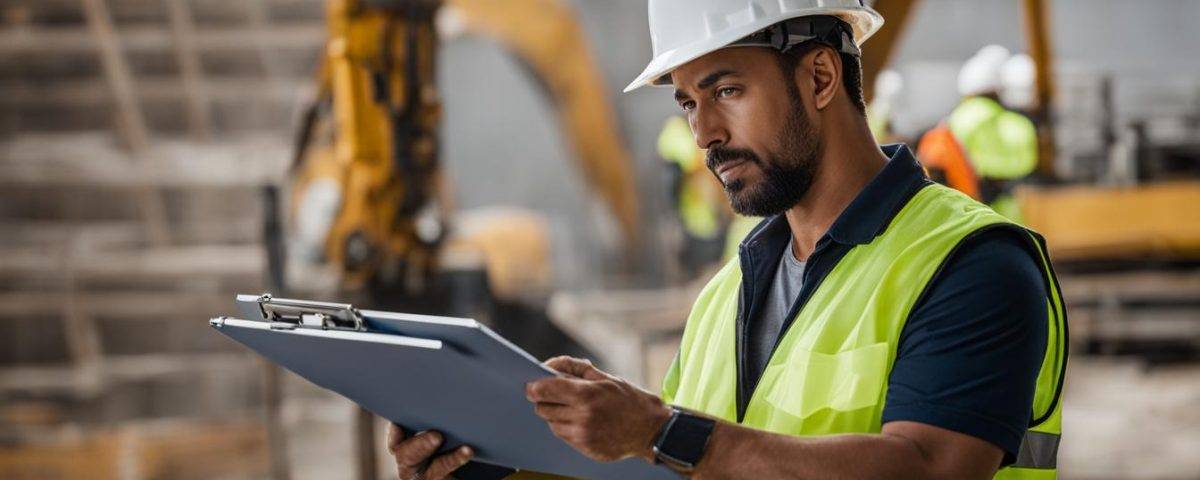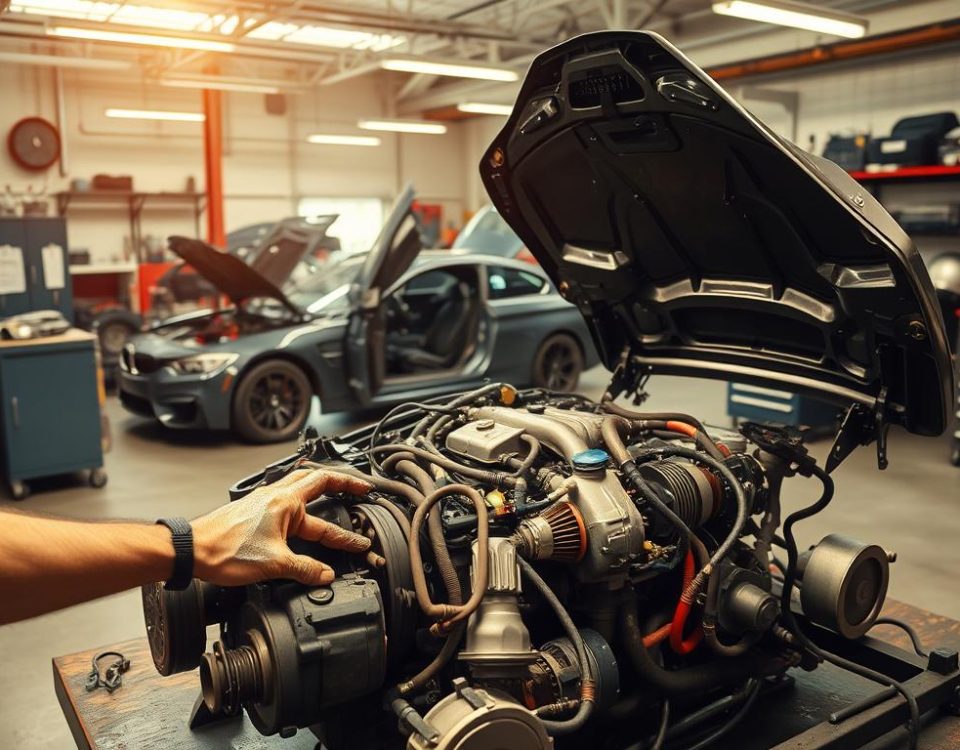- Auto Body Repair - Collision Center
- Leon Valley (210) 680-1987
- Walzem at IH 35 (210) 858-3630
- info@miraclebp.com

Replacing the Puzzle Pieces: The Role of Parts Replacement

Green Repairs: Minimizing the Environmental Impact
At [Company Name], we understand the paramount importance of workplace safety and the crucial role that safety inspections play in maintaining it. Safety inspections are a vital part of our repair process, ensuring that potential hazards and structural issues are identified early on. By conducting routine inspections, we are able to uphold the integrity and longevity of civil infrastructure projects, while also complying with safety regulations and enhancing public safety.
Technological advancements have revolutionized safety inspections in civil infrastructure engineering. Thanks to drones and robotics, we can now carry out inspections with greater efficiency and accuracy. This not only saves time and resources but also allows us to detect and address potential issues before they escalate.
Key Takeaways:
- Safety inspections are crucial for maintaining workplace safety and preventing costly repairs.
- By conducting routine inspections, potential hazards and structural issues can be identified early on.
- Technological advancements, such as drones and robotics, have improved the efficiency and accuracy of safety inspections.
- Regular safety inspections contribute to compliance with safety regulations and enhance public safety.
- Safety inspections help extend the lifespan of civil infrastructure projects.
The Importance of Routine Safety Inspections in Civil Infrastructure Engineering
In civil infrastructure engineering, routine safety inspections play a vital role in maintaining the integrity and safety of our structures. By conducting regular inspections, we can identify and address potential structural issues before they escalate into major problems. This proactive approach ensures that our infrastructure remains in good condition, enhancing public safety and preventing catastrophic failures.
One of the key benefits of routine safety inspections is their ability to detect warning signs of deterioration or damage early on. By monitoring the condition of infrastructure such as bridges and tunnels, we can identify any signs of weakness or vulnerability. This allows us to take timely corrective actions, minimizing the risk to public safety. By addressing structural issues promptly, we not only prevent accidents and injuries but also ensure the longevity of our civil infrastructure.
Furthermore, routine safety inspections contribute to compliance with safety regulations and codes. By regularly assessing the condition of our infrastructure, we can ensure that it meets the required standards of safety. This not only helps us avoid legal issues but also promotes a positive reputation for our projects. By demonstrating our commitment to safety through regular inspections, we instill confidence in the public and stakeholders.
The role of routine safety inspections in enhancing public safety
Enhancing public safety is one of the primary objectives of routine safety inspections in civil infrastructure engineering. These inspections help identify and address potential structural issues, ensuring that our infrastructure remains safe and secure. By proactively monitoring the condition of our structures, we can prevent accidents, injuries, and catastrophic failures. Routine safety inspections also contribute to the longevity of our infrastructure, ensuring that it serves the public for years to come.
The Impacts of Safety Inspections
Safety inspections play a crucial role in maintaining a safe work environment by uncovering various types of hazards. These inspections help identify and eliminate safety hazards, physical hazards, ergonomic hazards, and chemical and biological hazards. By conducting thorough inspections, potential risks can be addressed before they escalate, reducing the likelihood of accidents, injuries, or fires.
Identifying safety hazards is essential for preventing workplace accidents. Through routine inspections, we can identify faulty equipment, inadequate safety measures, and potential risks that may pose a threat to employee well-being. By addressing these hazards promptly, we create a safer workplace and reduce the chances of accidents and injuries.
The Importance of Regular Inspections
Regular safety inspections not only contribute to workplace safety but also have wider-reaching impacts. By detecting faults and flaws in equipment, machines, and assets, inspections help prevent costly repairs or replacements. This proactive approach saves companies significant money in the long run, reducing maintenance costs and minimizing production downtime.
Moreover, safety inspections enhance public perception of a company. By demonstrating a commitment to safety and complying with regulations, businesses can build trust and goodwill among customers and stakeholders. A positive reputation for safety can also attract high-quality employees, improving the overall workforce and productivity.
Finally, regular inspections increase employee awareness of safety measures and foster a culture of safety in the workplace. When employees see that their well-being is a top priority, they are more likely to adhere to safety protocols, reducing the chances of accidents and promoting a more productive work environment.

Conclusion
Workplace safety inspections are crucial for maintaining a safe and healthy work environment. Not only do they prevent accidents, injuries, and fatalities, but they also significantly impact productivity and profitability. By proactively identifying and addressing potential hazards and flaws, companies can avoid costly repairs and disruptions to their operations.
Compliance with safety regulations and standards is paramount to prevent legal issues and build a positive reputation. Regular safety inspections contribute to increasing employee awareness of safety measures, fostering a culture of safety, and creating a more productive and efficient workplace overall.
Furthermore, by prioritizing workplace safety inspections, companies demonstrate their commitment to the well-being of their employees and the community. This commitment enhances public perception and instills confidence among stakeholders. Additionally, safety inspections help minimize downtime due to accidents or equipment failures, allowing operations to run smoothly and maximizing profitability.
FAQ
What is the role of safety inspections in workplace repairs?
Safety inspections play a critical role in maintaining workplace safety and preventing costly repairs. By conducting routine inspections, potential hazards and structural issues can be identified early on, ensuring the integrity and longevity of civil infrastructure projects.
How do routine safety inspections contribute to civil infrastructure engineering?
Routine safety inspections are essential in civil infrastructure engineering as they help detect and address potential structural issues before they escalate into major problems. By monitoring the condition of infrastructure, such as bridges and tunnels, engineers can identify warning signs of deterioration or damage that could compromise public safety. Early detection allows for timely repairs or corrective actions, preventing catastrophic failures.
What impacts do safety inspections have on workplace safety?
Safety inspections have several impacts on workplace safety. They help uncover various types of hazards, including safety hazards, physical hazards, ergonomic hazards, and chemical and biological hazards. By conducting thorough inspections, potential risks can be identified and eliminated, reducing the likelihood of accidents, injuries, or fires. Safety inspections also contribute to reducing maintenance costs, improving public perception, and increasing awareness among employees.
Why are workplace safety inspections important?
Workplace safety inspections are vital for maintaining a safe and healthy work environment. In addition to preventing accidents, injuries, and fatalities, safety inspections contribute to productivity and profitability. By identifying and addressing potential hazards and flaws, companies can avoid costly repairs and maintain the efficiency of their operations. Compliance with safety regulations and standards also helps prevent legal issues and builds a positive reputation. Regular inspections increase employee awareness of safety measures and contribute to a safer and more productive workplace overall.


